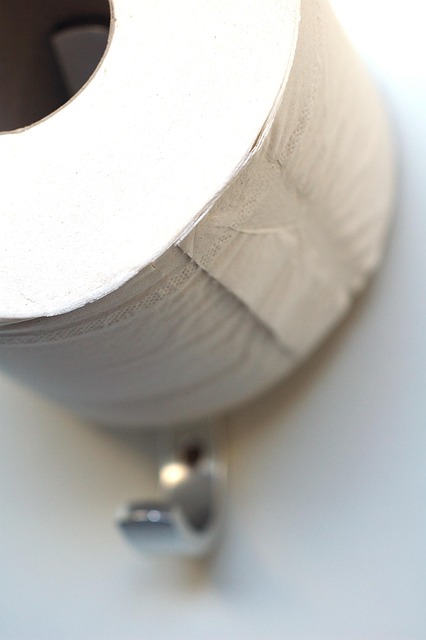When remodeling, strategic Toilet Installation is vital. Compact models maximize space in small bathrooms while larger options offer design flexibility. Consider tankless or smart toilets for efficiency and comfort. Assess layout, water supply, and drainage to avoid costly renovations. Proper planning enhances bathroom aesthetics and functionality. Essential tools include levels, measuring tape, and sealing compounds. DIY installation tips: turn off water, remove old toilet, position new one, reconnect water, test leaks. Avoid common mistakes: improper plumbing, incorrect leveling, wrong toilet type. Final touches: adjust height, install accessories, ensure smooth operation, check compatibility, consider water efficiency for a seamless, functional bathroom.
“Elevate your bathroom remodel with expert insights on toilet installations! From understanding diverse toilet types tailored for renovation projects to mapping out installation layouts, this comprehensive guide is your roadmap. Learn how to choose the perfect toilet that seamlessly fits your space and discover essential tools and materials needed for a successful DIY or professional job. Master the step-by-step process, avoid common pitfalls, and wrap up with final touches and plumbing tips for a stunning new toilet installation.”
Understanding Toilet Types for Remodels

When planning a bathroom remodel, understanding toilet installations is crucial. There are various types of toilets designed for different needs and spaces. Compacte, low-flow models are ideal for smaller bathrooms, saving space and water while still offering modern features. For larger areas, one-piece or two-piece toilets provide more design flexibility and can complement a wide range of styles.
During remodel, consider tankless toilets for increased efficiency, eliminating the need for a separate tank and reducing water usage. Smart toilet options equipped with bidets and automated controls offer enhanced cleanliness and comfort, making them popular choices for modern homes. Choosing the right toilet type ensures both functionality and aesthetics, enhancing the overall Toilet Installation experience in your remodeled space.
Planning Your Toilet Installation Layout
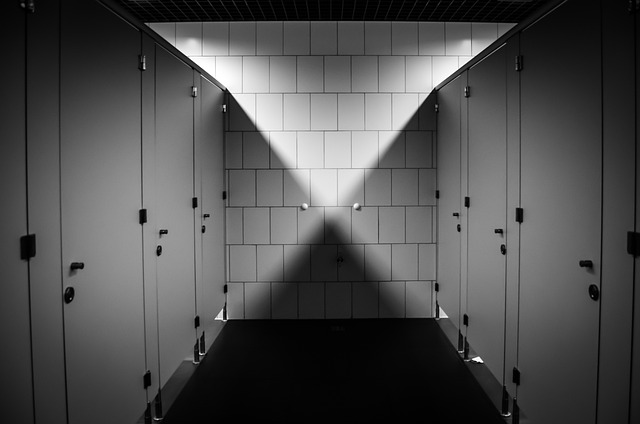
When planning your toilet installation, consider the layout and functionality that best suits your space. Start by assessing the existing bathroom floor plan and identifying potential challenges. For example, if you’re working with a tight space, opt for compact toilet models designed for smaller bathrooms. Measuring the area carefully ensures the new toilet fits seamlessly without impeding movement or creating an awkward fit.
Additionally, think about the water supply and drainage systems in place. Ensure your chosen toilet is compatible with these existing infrastructures to avoid costly renovations. A well-planned layout not only enhances the aesthetic appeal of the bathroom but also promotes efficient use of space, making everyday routines more comfortable and convenient.
Choosing the Right Toilet for Your Space
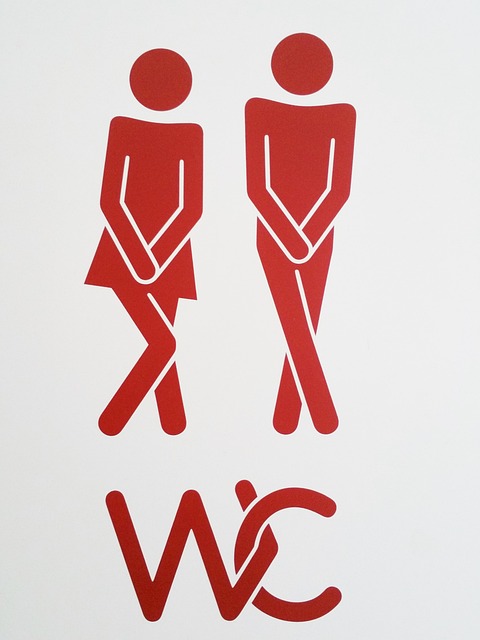
When planning a toilet installation as part of a remodel, selecting the right toilet is crucial based on your space’s unique dimensions and layout. Different toilet types offer varying levels of comfort, efficiency, and style. For smaller bathrooms, compact toilets or wall-hung models can save valuable floor space while still providing excellent performance. In larger spaces, you might opt for longer, more luxurious models with additional features like heated seats and built-in bidets.
Consider the water usage and flush mechanisms too, as these impact both your plumbing efficiency and environmental footprint. Modern low-flow toilets use significantly less water per flush compared to older models, helping to reduce your water bills and conserve resources. Additionally, high-efficiency toilets with advanced flush valve technologies ensure powerful cleaning without excessive water usage.
Essential Tools and Materials for the Job

When embarking on a toilet installation, whether it’s for a remodel or new construction, having the right tools and materials is paramount to ensuring a seamless and successful project. Essential tools for the job include a level (to ensure proper alignment), measuring tape (for accurate dimensions), a stud finder (to locate wall studs for secure mounting), and an adjustable wrench or pliers (for tightening connections). For materials, select a toilet that fits your space and style preferences, along with necessary components such as a new toilet bowl, tank, and hardware. Don’t forget sealing compounds like caulk or silicone to prevent water leaks, which are crucial for a durable and water-tight installation.
Step-by-Step Guide to Installing a New Toilet
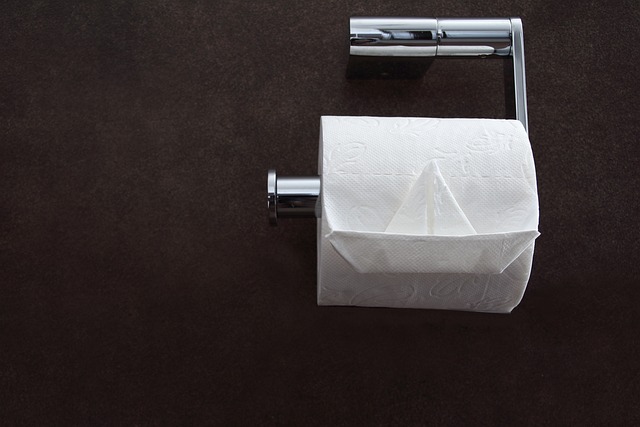
Installing a new toilet is a manageable DIY project, offering an efficient way to refresh your bathroom’s look and functionality during a remodel. Here’s a step-by-step guide to help you through the process. Begin by turning off the water supply to the existing toilet. This is usually done via shut-off valves located behind or beneath the toilet. Once water is drained, carefully remove the old toilet, taking note of how it was attached. Next, prepare the new toilet for installation, ensuring it’s free from any packaging materials and that all parts are accounted for. Position the new toilet in place, aligning it with the mounting holes on the floor. Secure it using anchors or bolts provided with your toilet, following manufacturer instructions for proper fastening. After the toilet is firmly attached, reconnect the water supply, ensuring no leaks occur before testing the flush mechanism.
Common Mistakes to Avoid During Installation
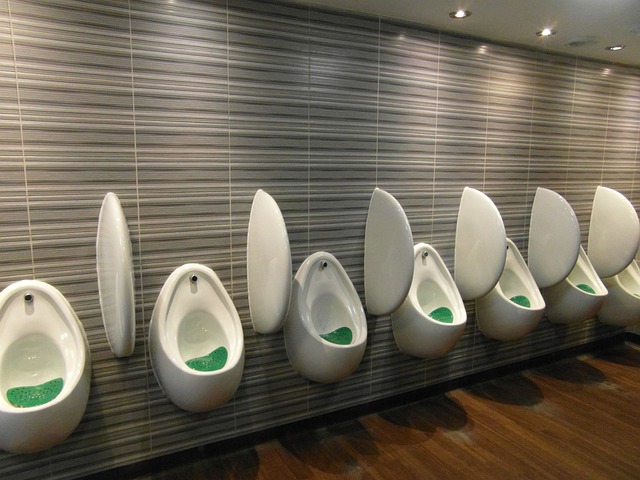
When undertaking a toilet installation as part of a remodel, there are several common mistakes that homeowners often make. One of the most frequent is attempting to install a new toilet without properly assessing the existing plumbing setup. Each toilet has specific requirements regarding water supply and drainage connections, so misalignment or incorrect hookup can lead to leaks and costly repairs down the line. It’s crucial to consult with a plumber or check local building codes before starting the installation process to ensure compatibility and avoid these issues.
Another mistake to steer clear of is neglecting proper leveling and positioning. Toilets should be installed level, both horizontally and vertically, for optimal functionality and to prevent water buildup or leaks. Using shims and ensuring a level surface are essential steps that often get overlooked but can save you from future headaches. Additionally, selecting the wrong toilet type for your space or needs is a common pitfall; consider factors like size, flush mechanism, and water efficiency to ensure the new toilet seamlessly fits both aesthetically and functionally within your remodeled space.
Final Touches and Plumbing Considerations

When completing a toilet installation as part of a remodel, attention to detail is key. Final touches play a crucial role in ensuring a seamless and functional space. From adjusting the height of the toilet to installing the right accessories like a new toilet seat or a bidet, these finishing moves can greatly impact the overall user experience. Take time to check that all hardware is securely fastened and that the toilet operates smoothly. A level toilet ensures proper water drainage, preventing potential leaks or clogs down the line.
Plumbing considerations are an integral part of the process. Verify that the new toilet is compatible with your existing plumbing setup. Check pipe sizes and water supply lines to ensure they meet the requirements for your specific toilet model. It’s also essential to consider water efficiency, as many modern toilets come with low-flow options that can significantly reduce water usage without compromising performance. This not only saves money on utility bills but also contributes to a more sustainable home.
